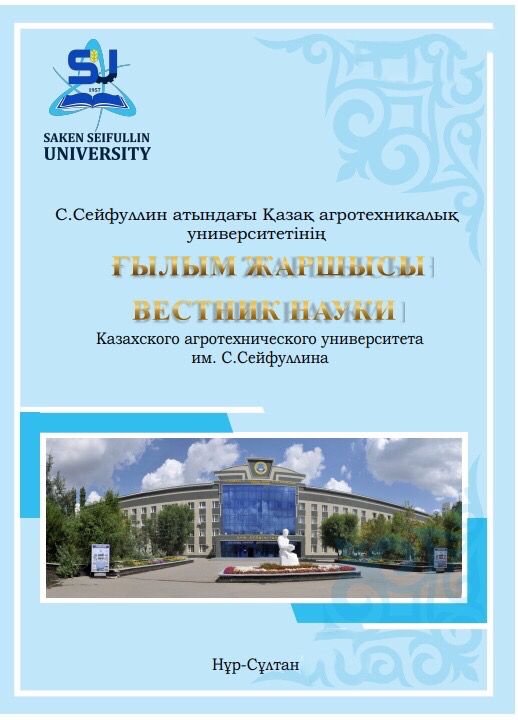DIFFERENTIATED HARDENING OF RAILWAY WHEELS BY MASSIVE HEAT HARDENING AND SUPERFICIAL PLASMA TREATMENT
Keywords:
complex hardening, crack resistance, solid-rolled wheels, differentiated hardening, structure, degree of dispersion, properties, wear resistance, plasma treatmentAbstract
Differential hardening of all wheel elements has significant advantages compared with hardening only the tread surface of the wheel rim. Due to the trilateral heat removal, the inner layers of the rim and side edges are significantly strengthened, the depth of hardening increases and the wear resistance and resistance to fatigue failure increase. To increase the hardness and resistance to the formation of cracks, the use of plasma treatment in the complex with the preliminary volume quenching is recommended.
One of the main reasons for the increase in crack resistance during plasma processing is an increase in the degree of dispersion of martensite, which is due to a decrease in the size of the original austenitic grain due to the very high heating and cooling rates, as well as the short residence time of steel at high temperatures. The results of the tests indicate that plasma hardening can be effectively used for parts and products operated in a volume-hardened state. When this is achieved a simultaneous increase in both the hardness of the working surface and the crack resistance of products

